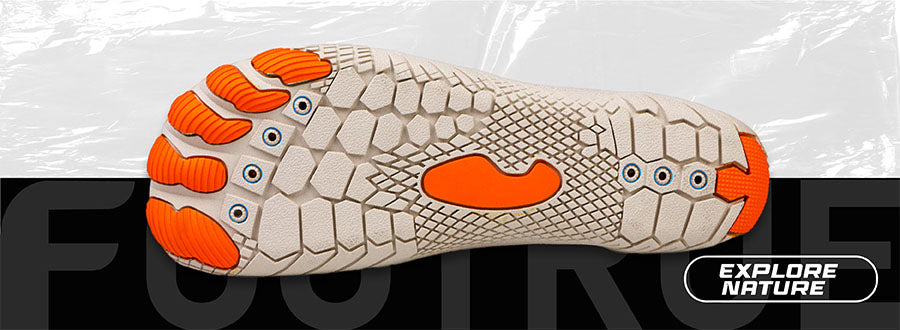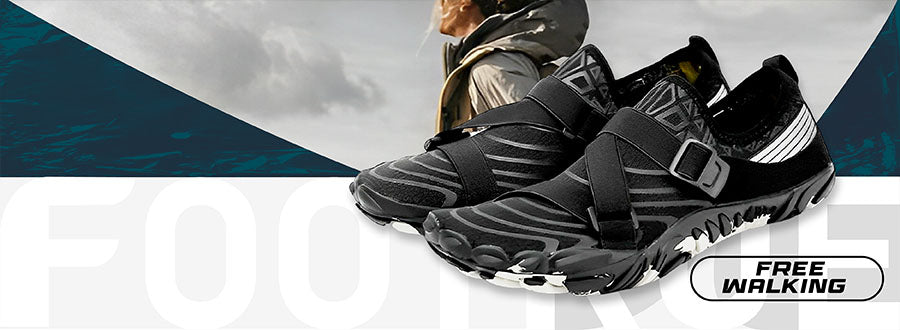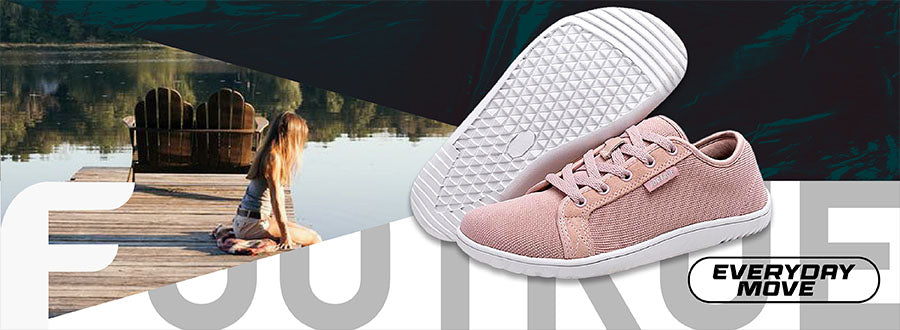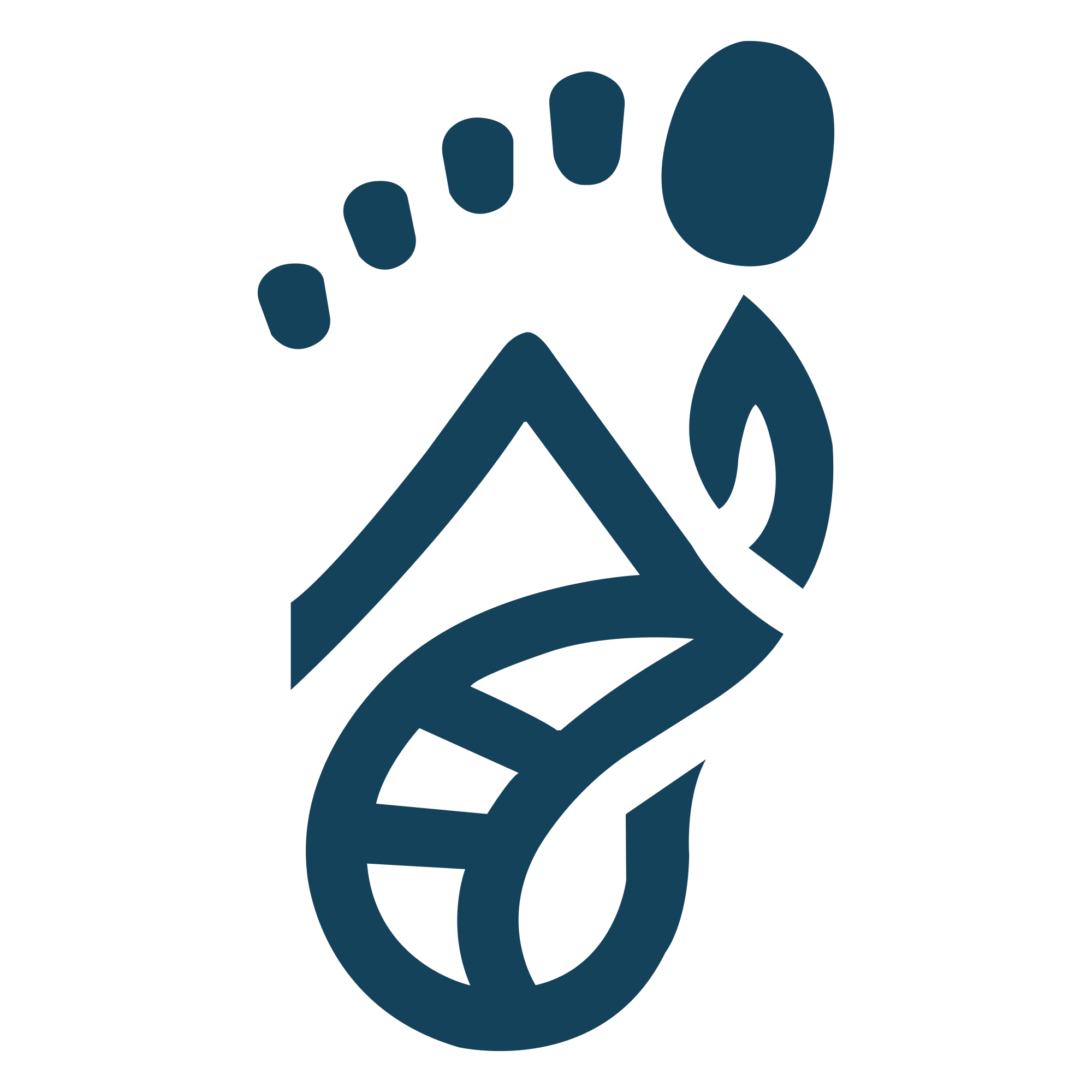Barefoot shoes, also known as minimalist shoes, have gained significant attention in the fitness community for their unique design that mimics barefoot walking or running while providing minimal protection from environmental hazards. This concept contrasts sharply with traditional sneakers, which often feature cushioned soles and structured designs to offer support and stability. In this blog post, we'll delve into the science behind barefoot shoes and explore how they can offer superior benefits over regular sneakers in fitness training.

The Science of Barefoot Training
The human foot is a complex structure designed for movement, with 26 bones, 33 joints, and more than 100 muscles, tendons, and ligaments. Barefoot training leverages the foot's natural mechanics, encouraging a more natural gait and engaging muscles that are often neglected in conventional footwear.
1. Improved Proprioception
Barefoot shoes enhance proprioception, or the body's ability to sense its position in space, by allowing the feet to feel and interact with the ground more directly. This heightened awareness can improve balance, coordination, and agility during fitness training.
2. Natural Foot Mechanics
Traditional sneakers often feature elevated heels and arch support, which can alter natural foot mechanics and lead to a dependency on the shoe rather than strengthening the foot's musculature. Barefoot shoes, with their zero-drop design from heel to toe, promote a more natural foot strike—usually a midfoot or forefoot strike—reducing the impact on the joints and improving alignment.

3. Strengthening Foot and Leg Muscles
The minimalist design of barefoot shoes encourages the foot and lower leg muscles to work harder, which can lead to stronger, more resilient feet. This strength can translate into better performance and reduced injury risk in various physical activities.
Advantages of Barefoot Shoes in Fitness Training
1. Enhanced Performance
By allowing for a more natural foot movement, barefoot shoes can lead to improved efficiency and performance in running and other fitness activities. Athletes may experience increased speed and endurance as their feet become stronger and more adaptable.

2. Reduced Injury Risk
Although the transition to barefoot shoes requires a period of adaptation, many users report a reduction in injuries over time. Traditional sneakers can often mask improper form or overuse injuries, whereas barefoot shoes encourage a more attentive and natural running form, potentially reducing the risk of common issues like runner's knee, shin splints, and plantar fasciitis.
3. Versatility
Barefoot shoes are versatile and suitable for a wide range of activities beyond running, including weightlifting, CrossFit, and yoga. Their flexibility and lightweight design make them an excellent choice for athletes seeking a more grounded and connected training experience.
4. Reflective Designs for Safety
Many barefoot shoes, including those designed for running, feature reflective elements to enhance visibility during night runs. This thoughtful addition ensures that the benefits of barefoot training can be safely enjoyed at any hour.
Transitioning to Barefoot Shoes
Transitioning to barefoot shoes requires a gradual adaptation period to build strength and adjust to the new mechanics. Starting with short distances and slowly increasing usage can help mitigate discomfort and reduce the risk of injury.
The shift towards barefoot shoes in fitness training is backed by a growing body of scientific evidence suggesting their potential to improve foot health, enhance performance, and reduce injury risk. By promoting natural foot mechanics, strengthening the feet and legs, and improving proprioception, barefoot shoes offer a compelling alternative to traditional sneakers for those looking to optimize their training and connect more deeply with their natural movement patterns.

As the fitness community continues to embrace the principles of minimalist footwear, it's clear that the journey back to our roots—towards a more natural and barefoot-inspired way of moving—has substantial benefits not just for our feet, but for our overall fitness and well-being.
👉Learn more about Footrue Barefoot Trainers.
















